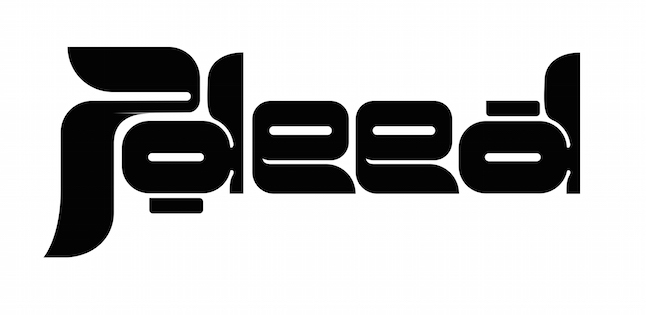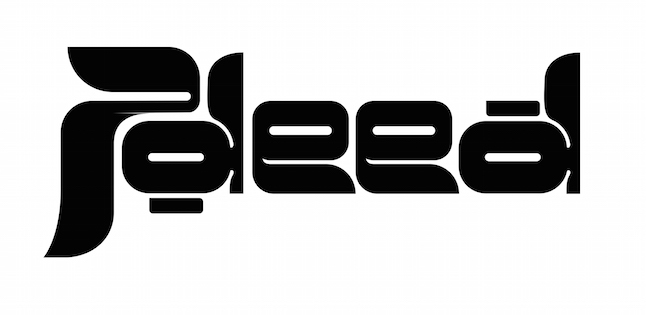
Art
The Everyday and the Epic | Floriane Husseini’s eye-catching work
Lebanese photographer Floriane Husseini places the Middle Eastern woman at the center of her “The Everyday and The Epic” project in a way that redefines fashion photography. We’ve interviewed her – here is everything you need to know!
Interview/Joy Saade
Tell us a little bit about yourself, your work and inspirations?
I was born in October 1997 and saw my passion for photography arise when I was 12 years old. I took a trip to Kenya in 2010 that showed me so much my eyes and memory just weren’t enough to process it all. For the first time, my camera became my greatest companion; everything was so mystical and wild that I had to keep what I saw in its exact moment, as natural as it was. My trip was all about shooting nature and animals until I discovered the Masai tribe. Observing them was so astonishing, I thought that despite my little knowledge in photography, I wanted to leave this country with remarkable pictures that showed the details of their clothing, their breathtaking colors and their outgoing spirit.
Since then, I’ve always wanted to create a new work within fashion photography, without using a lot and without showing a lot, but I didn’t know how until this day. Back from this trip, I was luckily chosen amongst professional photographers to exhibit at the « Beirut Photo Fair » for two years in a row. Surprisingly, one of my photographs was bought by a professional photographer. I was only 15 years old back then and it gave me a lot of confidence in what started to become my work. I always knew that I wanted to create a new visual and mix my Arab background with western elements. I had the opportunity to do so during my year in London for my masters in Fashion Photography at London College of Fashion; I felt the need to have a different audience than the one I grew up with.
Your project, “The Everyday and The Epic” takes an interesting approach to fashion photography. Could you elaborate on that?
The everyday represents the piece of clothing I always wanted to use in fashion photography: The Burka. The Epic – I recontextualized whatever I borrowed from my own culture, the Arab culture, to create a new work or a new visual. What I want to experiment during this project is to show in my images that a fashion photograph isn’t always all about the make-up, the hair, the body and the face; it’s also about being able to produce an image with new objects and at the same time keeping the audience emotionally attached to what’s being shown. There are no rules.
In Mediterranean countries, the sociology of the behavior is impacted by the warm weather and people easily live outside their homes, communicate a lot and look at each other while maintaining a rich social life. Social media and international fashion magazines brought to this part of the world seem to have the conviction that western design is superior and reflects a kind of belonging to modernity. Still something inside me didn’t match with this unanimous, mainstream flow and I always needed to find the small detail or accessory that could distinguish me from the crowd. But for the past two years, I started realizing that my roots were what made me different and richer, as it embodied a breeding ground for my creativity. I realized that I could draw into that endless cultural and artistic inventory a possibility to create what’s next in fashion if I learned how to use it and mix it to Western aesthetics.
My multicultural background is what made my work original and unique. This is why I want to go back to the essentials, the things I know best: my culture and the way I was raised, because there lays the truth. The mix of these two may create a clash or a breed, and both interest me. What I used in my photographs are different materials, objects of the Arabic heritage. I linked these pieces to what’s fashionable today (saturated colors), and a new fashion concept appeared. This is a world I want to explore and “recycle”.
Why the Burka as a center piece?
Even though Lebanon is an Arab country, we don’t tend to see the burka very often. We are, in a sense, considered as an open-minded Middle Eastern country.
However, I was personally always intrigued by the Middle Eastern woman, what she portrays, what she represents. This thought was reinforced by my experience abroad. The orientalist perspective that foreigners have towards the Middle East is pretty interesting; they perceive it as a mystical place. I found myself sharing these “orientalist” thoughts; it was quite disturbing for me as an Arab woman to feel close to this view of my region but I wanted to explore this thought. I decided to recreate and recycle the burka in order to portray it as a new visual, that can be fun and fashionable. The “portrait” series of my work were actually self-portraits. I wanted to place my body under this “sheet” to know what it feels like to be “trapped” (I find it a bit controversial to phrase it that way; perhaps another word would fit better) and, to my surprise, it opened my creativity. It was just me, myself and I.
My inspiration is the product of my own perception of Arab women wearing the burka. I went on with the project to go deeper into the analysis of my thoughts. As a fashion photographer, I wanted to express these thoughts into photography by breaking down the common conception of the woman’s body and especially a woman wearing a burka, in fashion.
Finally, what are your hopes with that project?
I believe that my series of photographs are provocative of change. Indeed, fashion was and still is in another way about showing skin, body and make-up. Even though today’s diversity and inclusion are key motors in the fashion industry, the body (in its different forms) is still a central issue. Why not completely remove the thought of a body in photographs? Why not forgetting about the body and creating something around it? I wanted to show that fashion can exist without the body, rather it is the atmosphere that you create around it that makes it aesthetically pleasing. By concretely “diminishing” the woman’s body to an object (again, controversial) and by covering it all by a veil, I aim at de-objectifying it. The woman’s body was always objectified in the Fashion industry.
By putting a sheet on it and covering it, I want to open up for different interpretations and suggestions about what the body can actually look like. Thus, removing its objectification. The fashion world needs to have more diversity. We are starting to see the same concepts over and over again. I want to make a difference at how people look at ethnicities. I want to show the creativity and the colorfulness that lives within me because of where I’m from. I always knew I wanted to be provocative in my work but I didn’t know why or how. Being provocative doesn’t only mean being different, it also means trying to induce a change, offer something new and original, that will take my work beyond the images themselves to a place where the particular joins the universal.
You can follow Floriane on Instagram @flohusseini










0 comments